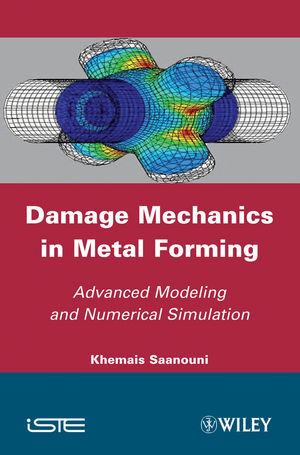

Most ebook files are in PDF format, so you can easily read them using various software such as Foxit Reader or directly on the Google Chrome browser.
Some ebook files are released by publishers in other formats such as .awz, .mobi, .epub, .fb2, etc. You may need to install specific software to read these formats on mobile/PC, such as Calibre.
Please read the tutorial at this link: https://ebookbell.com/faq
We offer FREE conversion to the popular formats you request; however, this may take some time. Therefore, right after payment, please email us, and we will try to provide the service as quickly as possible.
For some exceptional file formats or broken links (if any), please refrain from opening any disputes. Instead, email us first, and we will try to assist within a maximum of 6 hours.
EbookBell Team

5.0
68 reviewsThe aim of this book is to summarize the current most effective methods for modeling, simulating, and optimizing metal forming processes, and to present the main features of new, innovative methods currently being developed which will no doubt be the industrial tools of tomorrow. It discusses damage (or defect) prediction in virtual metal forming, using advanced multiphysical and multiscale fully coupled constitutive equations. Theoretical formulation, numerical aspects as well as application to various sheet and bulk metal forming are presented in detail.
Virtual metal forming is nowadays inescapable when looking to optimize numerically various metal forming processes in order to design advanced mechanical components. To do this, highly predictive constitutive equations accounting for the full coupling between various physical phenomena at various scales under large deformation including the ductile damage occurrence are required. In addition, fully 3D adaptive numerical methods related to time and space discretization are required in order to solve accurately the associated initial and boundary value problems. This book focuses on these two main and complementary aspects with application to a wide range of metal forming and machining processes.
Contents
1. Elements of Continuum Mechanics and Thermodynamics.
2. Thermomechanically-Consistent Modeling of the Metals Behavior with Ductile Damage.
3. Numerical Methods for Solving Metal Forming Problems.
4. Application to Virtual Metal Forming.